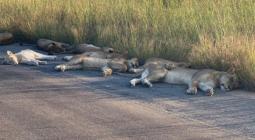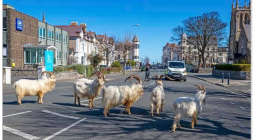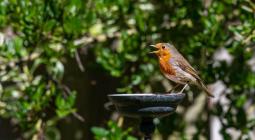'We've never seen this': wildlife thrives in closed US national parks.
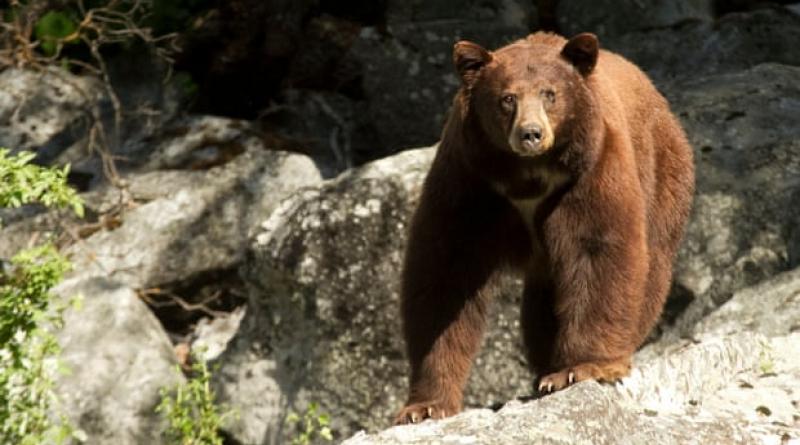
Deer, bobcats and black bears are gathering around parts of Yosemite national park typically teeming with visitors
Earlier this month, for the first time in recent memory, pronghorns ventured into the sun-scorched lowlands of Death Valley national park. Undeterred by temperatures that climbed to over 110F, the animals were observed by park staff browsing on a hillside not far from Furnace Creek visitor center.
“This is something we haven’t seen in our lifetimes,” said Kati Schmidt, a spokesperson for the National Parks Conservation Association. “We’ve known they’re in some of the higher elevation areas of Death Valley but as far as we’re aware they’ve never been documented this low in the park, near park headquarters.”
The return of pronghorns to Death Valley is but one of many stories of wildlife thriving on public lands since the coronavirus closures went into effect a month and a half ago.
In Yosemite national park, closed since 20 March, wildlife have flocked in large numbers to a virtually abandoned Yosemite Valley.
More than 4 million visitors traveled to Yosemite last year, the vast majority by way of automobile. On busy late-spring days, as visitors gather to see the famed Yosemite, Vernal and Bridal Veil Falls, the 7.5-mile long valley can become an endless procession of cars.
But traffic jams seem a distant memory as the closure approaches its two-month mark. Deer, bobcats and black bears have congregated around buildings, along roadways and other parts of the park typically teeming with visitors. One coyote, photographed by park staff lounging in an empty parking lot under a rushing Yosemite Falls, seemed to best capture the momentary state of repose.
A handful of workers who have remained in Yosemite during the closures, who have been able to travel by foot and bike along the deserted roadways, describe an abundance of wildlife not seen in the last century. “The bear population has quadrupled,” Dane Peterson, a worker at the Ahwahnee Hotel, told the Los Angeles Times. “It’s not like they usually aren’t here … It’s that they usually hang back at the edges or move in the shadows.”
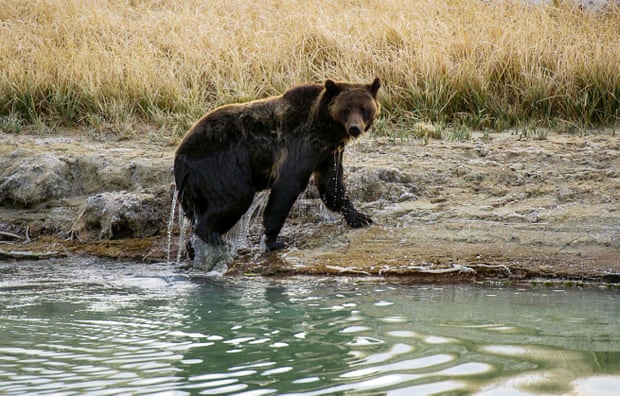
Similar behaviors have been documented in other national parks including Rocky Mountain, in Colorado, and Yellowstone, in Wyoming. “Without an abundance of visitors and vehicles, wildlife has been seen in areas they typically don’t frequent,” said the National Park Service spokesperson Cynthia Hernandez, “including near roadways, park buildings and parking lots, spending time doing what they usually do naturally: foraging for food”.
The human-free interregnum is rapidly coming to an end, however, as the park service ramps up its phased reopening.
While Yosemite, Death Valley and a number of other California national parks remain closed, on Monday, Yellowstone and Grand Teton national parks – which collectively received nearly 8 million visitors in 2019 – reopened their gates for the first time since late March.
To protect visitors and staff, the park service has hired seasonal workers to disinfect high use areas and installed plastic barriers at tollbooths, visitor centers and permit desks.
But few if any protective measures have been put in place for wildlife. The consequences of the re-openings may be especially hard on young animals born in the calm of the closures, according to wildlife experts.
“Individuals who have lived in the national park area will likely readjust pretty quickly to the return of recreators after quarantine,” said Lindsay Rosa, a conservation scientist with Defenders of Wildlife. “But newcomers, particularly juveniles born this spring, may take a bit longer to learn since they haven’t yet had the opportunity to encounter many humans.”
Visitors to the re-opened parks should be particularly wary of amphibians, says Rosa, many of which are beginning their migration to breeding grounds. “[For them], roads remain a particularly fatal obstacle.”
• This article was amended on 27 May 2020. An earlier version used the name “pronghorn antelope”; pronghorns are not antelope.
21 May 2020
The Guardian

